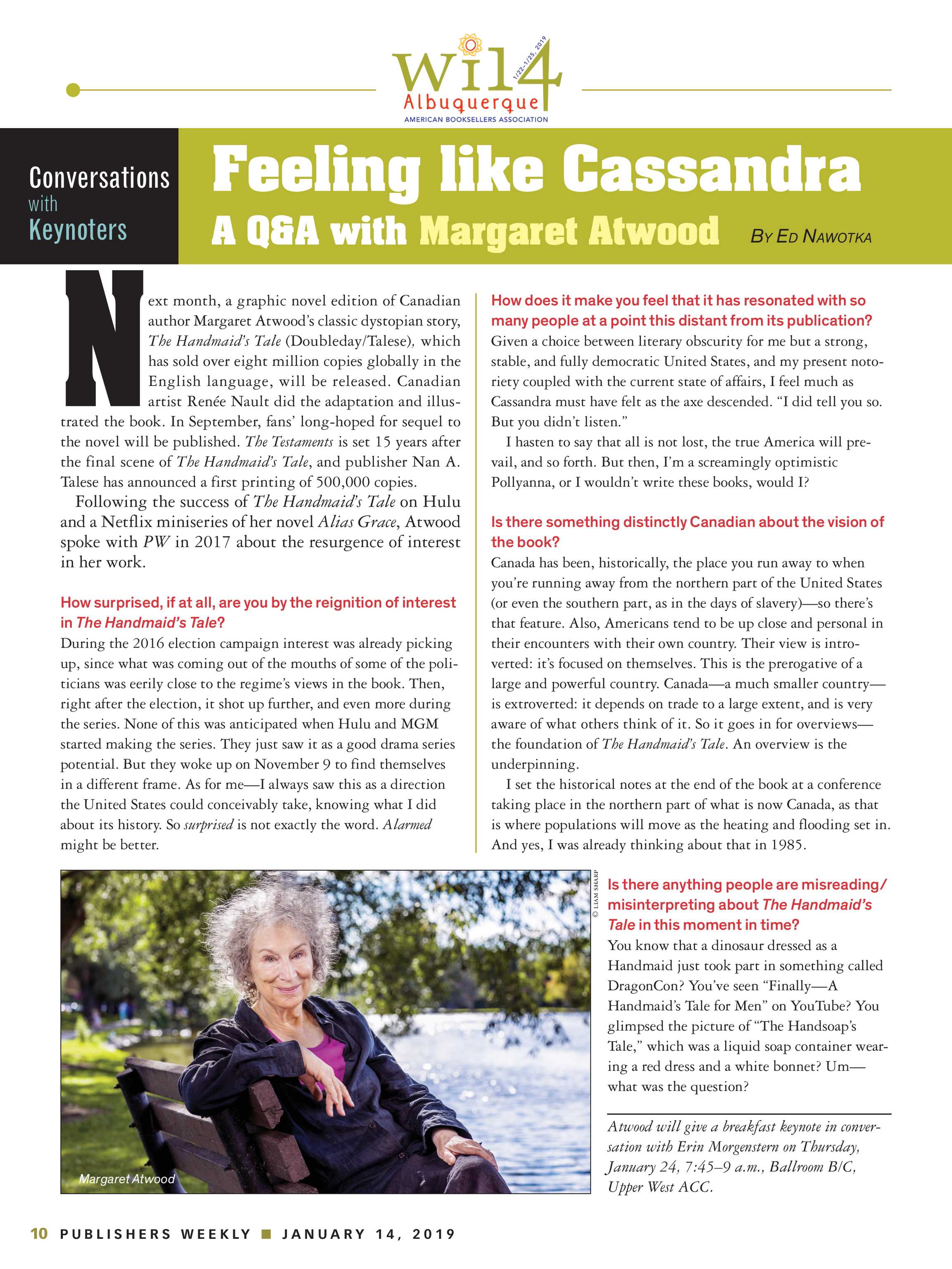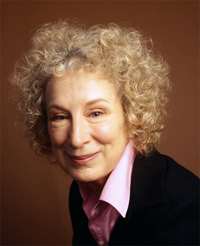

However, neither author nor the reader can change anything in the story if he/she alternates its ending. Atwood embraces the 2nd person narration so that to underline that any fictional story can change if the reader alternates the central actions that are revealed in it. The author tries to involve the reader in the process of writing and lists some instructions on the possible plot developments of the story. The last version of the text is a straight example of metafiction. Thus, the author demonstrates that plot development is the only significant part of the story. The D version outlines the story about the tidal wave that destroyed the couple’s life, while in the E version, Atwood dwells on the experience that Madge had to go through struggling against Fred’s disease. The two following versions of the text provide the scenarios of events that happened in Fred and Madge’s lives. In this part, the author describes John’s despair at the moment when he finds Mary cheating on him with James. C version provides the readers with some reflections upon a betrayal. For instance, in the B version, the author verifies Mary’s emotions and her attitude towards John with the true nature of this man. In the BF parts, Atwood considers the feelings and inner thoughts of the personages. The following versions of the story provide some variations of the plot development and introduce some additional characters (Madge, James, and Fred). Therefore, the A version of the story is a raw account of fundamental parts of human life: birth-marriage-death. Though the author uses some adjectives to characterize the occupations of Mary and John (challenging, stimulating), it does not allow the readers to perceive what these occupations are. Atwood does not provide the readers with any particular ideas about Mary and John’s personalities. The author chooses the technique of listing the facts from the personages’ lives, rather than developing their common story. It refers to two characters – Mary and John. The A part of the text provides the background version of the whole story. The story is structurally divided into 6 parts that are marked by letters. It is, thus, crucial to consider the development of this plot and to relate it to the true life, instead of concentrating upon the effective closure of the fictional story (Oatley 101). Consequently, the author of fiction has to consider the impact he/she can produce upon the reader through the plot of the story.

The readers usually transmit this experience into real life. Therefore, Oatley argues that any fictional plot possesses huge psychological power since it makes the readers experience certain emotions. Due to the scientist, fiction is a simulation of life, which resembles computer simulations. For instance, Keith Oatley, in her study on fiction, explored how fictional plots can become facts for the readers.

This concept has a long scholarly history and was regarded by many scientists in their research works. Through her metafiction story, Margaret Atwood brings up the idea of true-to-life writing. Any author needs to focus his/her attention upon the development of the story. Thus, Atwood centers her idea around the fact that it is a common mistake to write the story for the sake of its ending. She describes it in the Aversion and refers to it in every other part of the story. The author focuses upon the universal ending of a story. Under the coverage of a short story, Margaret Atwood disguises the essay about story-telling. These questions are “How?” and “Why?”, instead of the commonplace “What?” that is always the same. Besides, Margaret Atwood emphasizes the questions, which should be answered by any author. Therefore, it describes how, due to the author, the plot of any story should be revealed. The story presents a brilliant example of metafiction. Thus, in her story, Atwood employs a vast range of repetitions of words and sentence structures, so that to demonstrate a recurrent character of any fictional plot, which focuses upon the ending. In her short story, Canadian writer Margaret Atwood rebuts the idea of happy endings in fiction and life, since the author argues that every story always has the same end, which is death (Atwood 326). The only happy ending is the absence of it.


 0 kommentar(er)
0 kommentar(er)
